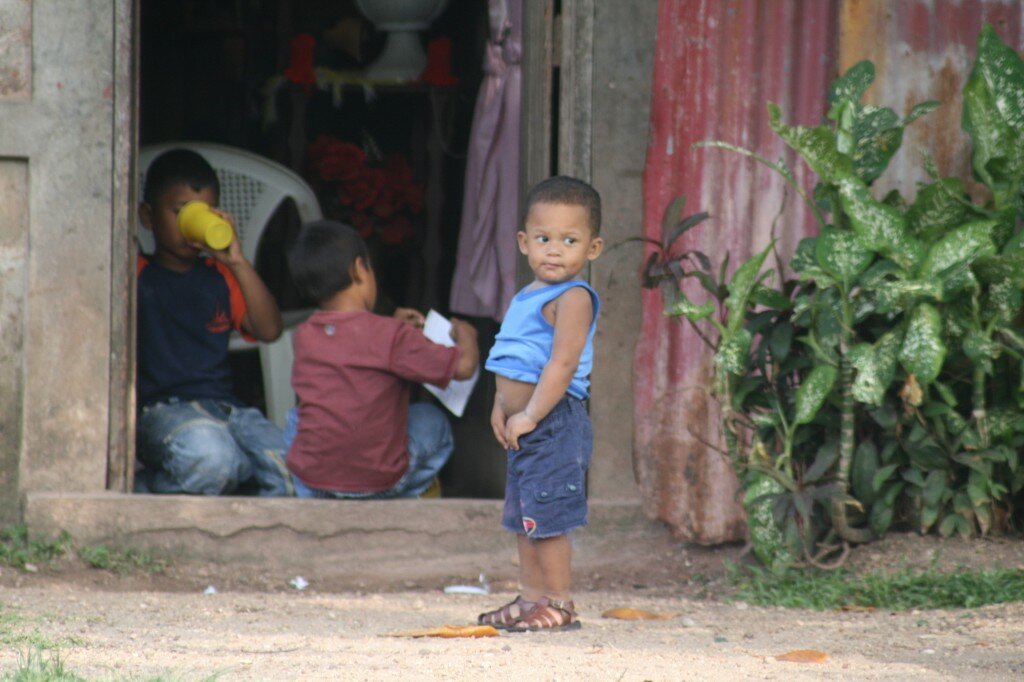In the face of many obstacles, Nicaragua’s history in ensuring a national deworming program has shed light on the potential for success. Former Global Network intern, Frankie Lucien, and fellow George Washington University Masters student Cara Janusz, traveled to Nicaragua and investigated the challenges and achievements of the Nicaragua experience and developed a case study with support from Children without Worms.
This week End the Neglect will be featuring a six-part series of blog posts covering interesting elements of the Nicaragua experience highlighted in the case study, entitled “Worms and WASH(ED)”.
We’re kicking off the series with a brief history of health systems in Nicaragua and how it has shaped current public health efforts in the country.
Nicaragua’s health system today has been shaped by a civil war, poverty, and changes in the political landscape over the decades. In the 1980s, under the Frente Sandinista de Liberacion Nacional (FSLN) government, healthcare and education were expanded through an effort of government centralization to focus on the population as a whole. These efforts were hampered when contra military strategies killed healthcare workers and destroyed facilities to destabilize the social system. The conflict led to the displacement of populations to urban areas contributing to the spread of disease, including intestinal parasite infections. Shifts in political power also contributed to fluctuations of instability within the health system. During the 1990s, an era of liberal governments shifted to a more private sector healthcare market, with the formation of fees in public health facilities and creation of the Sistema Local de Atención Integral en Salud (SILAIS). This privatization led to health inequities, particularly in poor and rural communities. When the FSLN regained power in 2007, restrictions were placed on the private sector and there was a return to government centralization. User fees were removed and a community outreach component was created through SILAIS.
Despite the political turmoil, Nicaragua was able to put into place a national vaccination program that eventually incorporated treatment of intestinal parasites. Following polio outbreaks in 1979, Nicaragua’s Ministry of Health initiated the National Immunization Program (EPI). Conducted three times a year, the program led to reduced vaccine-preventable disease in children. Following increased social acceptance, the EPI began integrating other health programs along with vaccinations, including deworming and vitamin A distribution. By 1994, mass treatment of intestinal parasites was formally incorporated into the campaign.
In 2001, the 54th World Health Assembly placed a renewed emphasis on the control of STH infections globally with the creation of Resolution 54.19, whose purpose was to “reach75 percent coverage of all school aged children with preventative chemotherapy to control STH infection by 2010”. Nicaragua had already been incorporating mass treatment of intestinal parasites for seven years via their annual vaccination campaigns. The vaccination campaigns, which had been running since 1979, provided a stable health infrastructure in which to incorporate deworming activities. These annual campaigns are still used today for deworming and target pre-school and school-aged children, utilizing health posts and schools to deliver treatments.
To read more about the case study “Worms and WASH(ED)” please click here.

